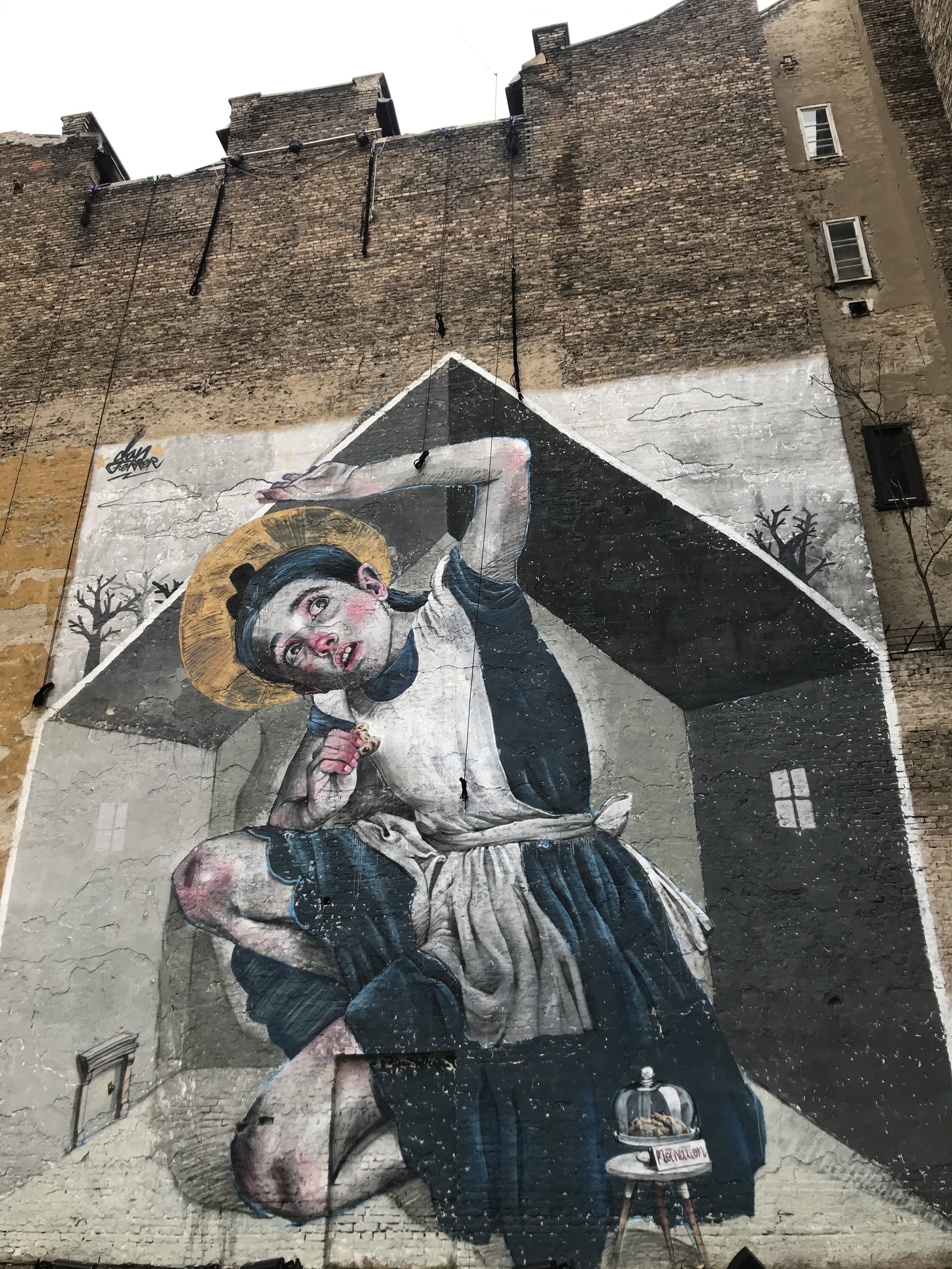Hungarian Revolution of 1956
Every year on 23 October, the nation commemorates the Hungarian Revolution of 1956, when the Magyars rose up against the Soviet forces occupying the country at the time. While peaceful protests were calling for free elections and a free press, this heroic insurrection became a bloody street battle, causing the deaths of thousands. Soon after the freedom fight was trounced by the Kremlin-backed authorities in early November, the Soviet-controlled government was reinstated, prompting over 200,000 Hungarians to flee their homeland – either by choice in the hope of finding a better future or to escape ferocious retribution by the oppressive power.
To observe this valiant day in Hungarian history, 23 October marks a public holiday in the country. There are many events occurring throughout the city. I chose a lovely autumn walk along the Danube, lunch at Pizzaca, and then I wanted to see the street art performance called The Flock Project. They have created this extravagant alfresco display in collaboration with Színes Város, a local collective dedicated to transforming Budapest’s urban landscapes with colour and culture. Established in 2016, this twin-team troupe have performed at festivals and venues across Hungary, Romania and Slovenia but never in Budapest. ‘Flock’ refers to the bird-like jumps and movements integral to this lively dance show.
Time's Man of the Year: Hungarian Freedom Fighter Street Art
October 23, 1956: Students hold demonstration in front of the General Bem statue demanding reforms, democratization, and the return of premier Imre Nagy. When students attempt to be heard over Budapest radio, police try to disperse crowd with tear gas, beatings and numerous arrests. The crowd attempts to free the students and the police open fire. The bloody revolution begins as the demonstration turns into a riot and street fighting breaks out. Martial law is declared, a call for Russian troops issued, and, during the night, Soviet tanks and jets are reported used against demonstrators.
Fighting soon spread to other parts of the country as "freedom fighters" took over factories, weapons depots, and many Soviet tanks. Radio Free Europe and the Voice of America indicated help was on its way and encouraged the Hungarians to fight, and they did. The Soviets pulled back. A new free, multi-party government was formed almost overnight, hope filled the air.
But the leaders of the young Republic and others new the Soviets would be back and tried in vain to negotiate Soviet troop withdrawals, even using Leninist language of "equality among nations." The Soviets invited the new Prime Minister, Imre Nagy, to negotiate peace in Transylvania. Nagy and General Maleter were never heard from again as they were executed under a white flag of truce. This barbaric act was repeated all over Hungary as Soviet troops ruthlessly attacked the new Republic.
State Minister Bibo on November 4th, as Soviets continued their massive attack on Hungary: "I appeal to the great powers of the world for a wise and courageous decision in the interest of my enslaved nation and of the liberty of all Eastern European nations. God preserve Hungary..."
Hungary repeated free radio broadcast calls for Western help. But the West never came. November 4th marked the end of Hungary's valiant fight. But marked the beginning of suffering for thousands involved in the fight for freedom. Thousands died, and many more many more jailed. 2% of the population, over 200,000 people, were forced to flee. But Resistance continued. The revolution finally succeeded in the incredible year of 1989.

















